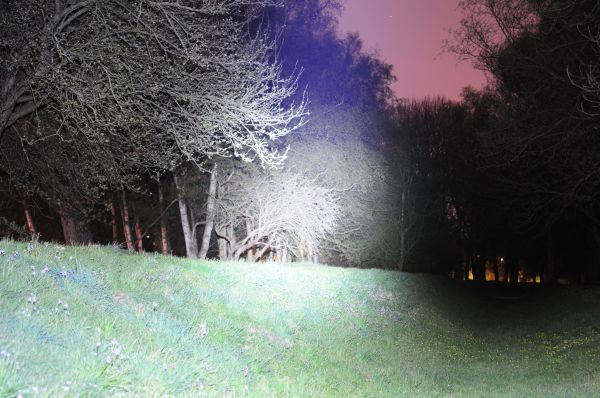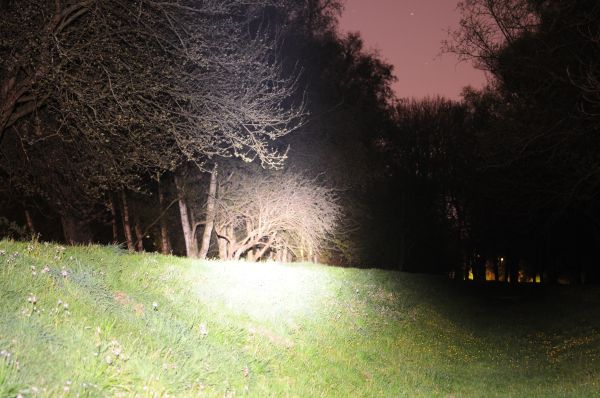Hello...
Iconsider myself as a greenhorn in a flashlight world, but i'm a total newb in photography. I really want to make a few beamshots of some lights, but since i have only "normal" digital camera i had to borrow a serious piece of photo equipment from my cousin. But here it gets interesting. It has so many functions and manually adjustable settings, that i'm completely lost. I would really like to get some information of basic settings, needed to make a decent beamshot:
What is exposure, which settings should i use?
AF (autofocus) which settings are good enough?
ISO is important for what?
and so on...
Can someone please post a few "bulletins" how to prepare a camera to make atleast barrable picture in form like:
1.adjsut some....
2.try to select....
btw, i'll use Nikon D70s
Thanks in advance for your help
Iconsider myself as a greenhorn in a flashlight world, but i'm a total newb in photography. I really want to make a few beamshots of some lights, but since i have only "normal" digital camera i had to borrow a serious piece of photo equipment from my cousin. But here it gets interesting. It has so many functions and manually adjustable settings, that i'm completely lost. I would really like to get some information of basic settings, needed to make a decent beamshot:
What is exposure, which settings should i use?
AF (autofocus) which settings are good enough?
ISO is important for what?
and so on...
Can someone please post a few "bulletins" how to prepare a camera to make atleast barrable picture in form like:
1.adjsut some....
2.try to select....
btw, i'll use Nikon D70s
Thanks in advance for your help
Last edited:



